Interesting, if biased, article. I'm not sure that your GDP numbers are objective as they don't seem to reflect purchase parity estimates.
The BRICS and other countries lining up against the West
BRICS vs the West?
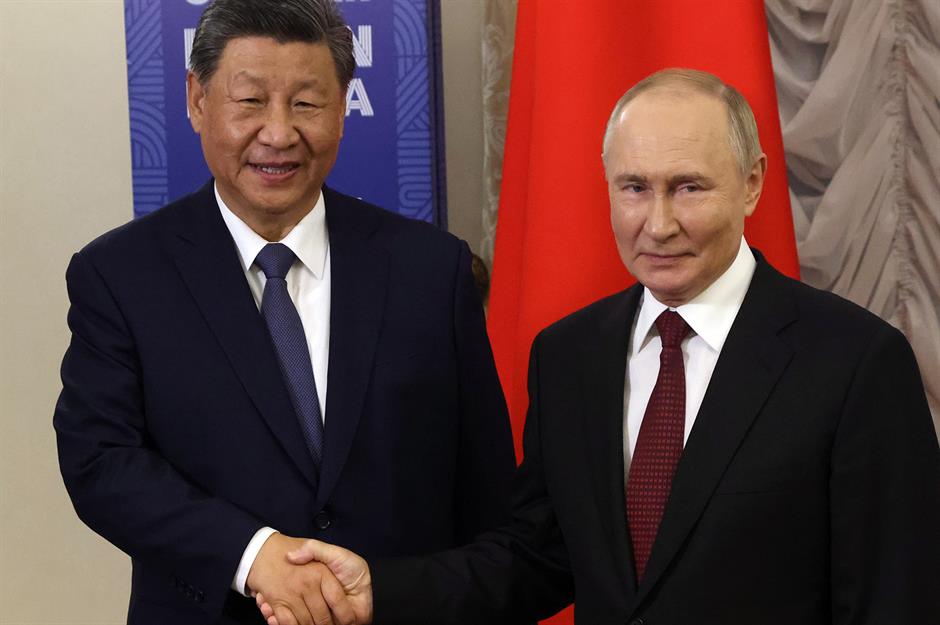
Taking on the might of the wealthy West, the five major emerging economies that founded the BRICS alliance – Brazil, Russia, India, China, and South Africa – have lofty aspirations to expand the group's membership and shake up the America-led world order.
With the alliance rapidly expanding, read on to find out what the BRICS group is doing to counter Western dominance and how much of a threat it might pose in the future.
All dollar amounts in US dollars
Western counterbalance
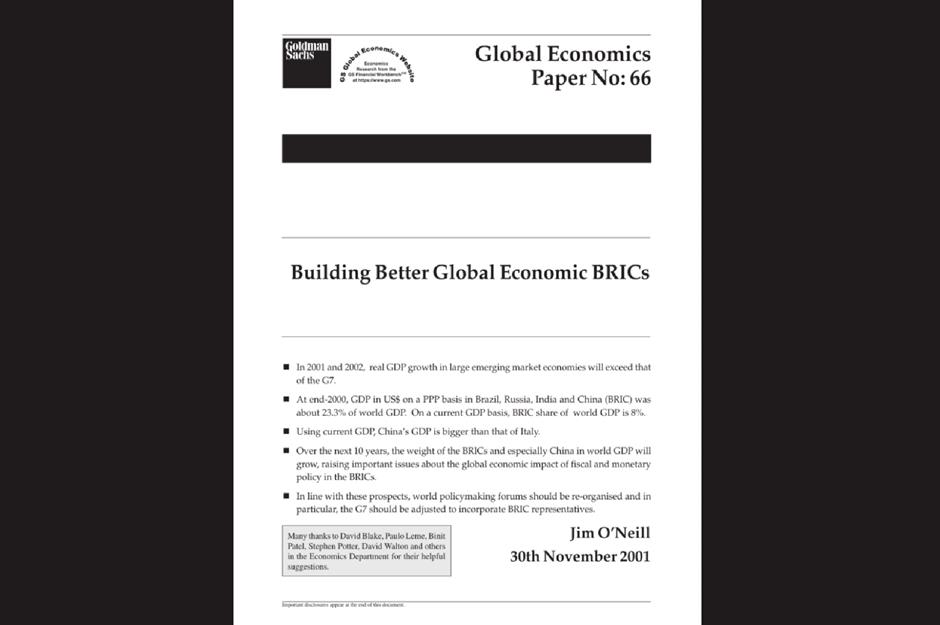
As an organisation, the BRICS alliance has its roots in the Russia-India-China (RIC) strategic triangle, envisaged by Russian prime minister Yevgeny Primakov in the 1990s "as a counterbalance to the Western alliance".
The term 'BRICs' was coined in 2001 by Goldman Sachs' former chief economist Jim O'Neill, who wrote a report highlighting the rapid economic growth of the world's leading emerging economies at the time: Brazil, Russia, India, and China.
First get-togethers
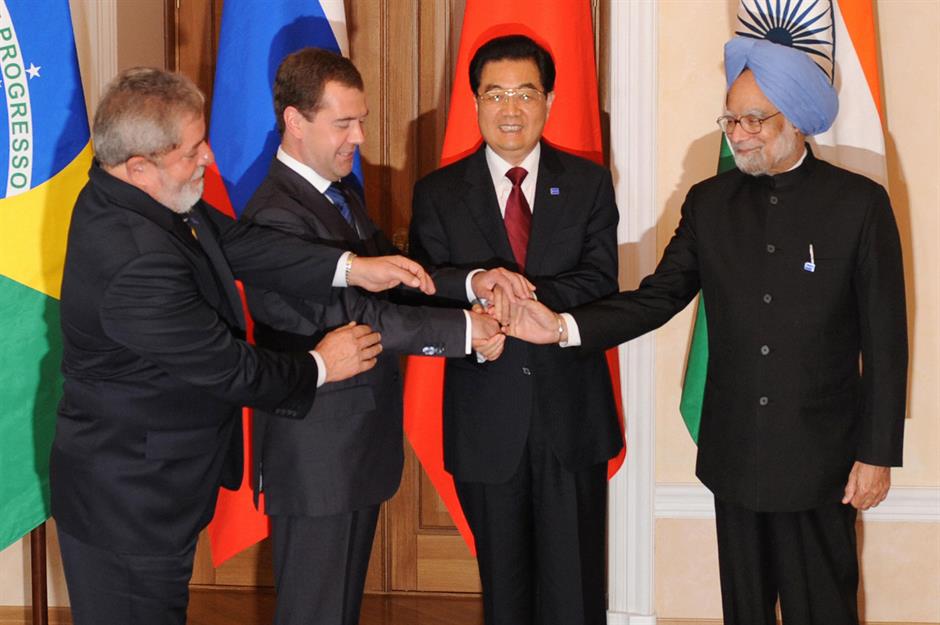
With Brazil in the fold, the BRICS nations reached out to one another. They organised their first informal meeting in 2006 and went on to meet in Yekaterinburg, Russia, for the inaugural BRIC summit in June 2009.
The following year, South Africa was admitted to the bloc after intense lobbying by Jacob Zuma's government. The BRICs officially became the BRICS.
Growing membership
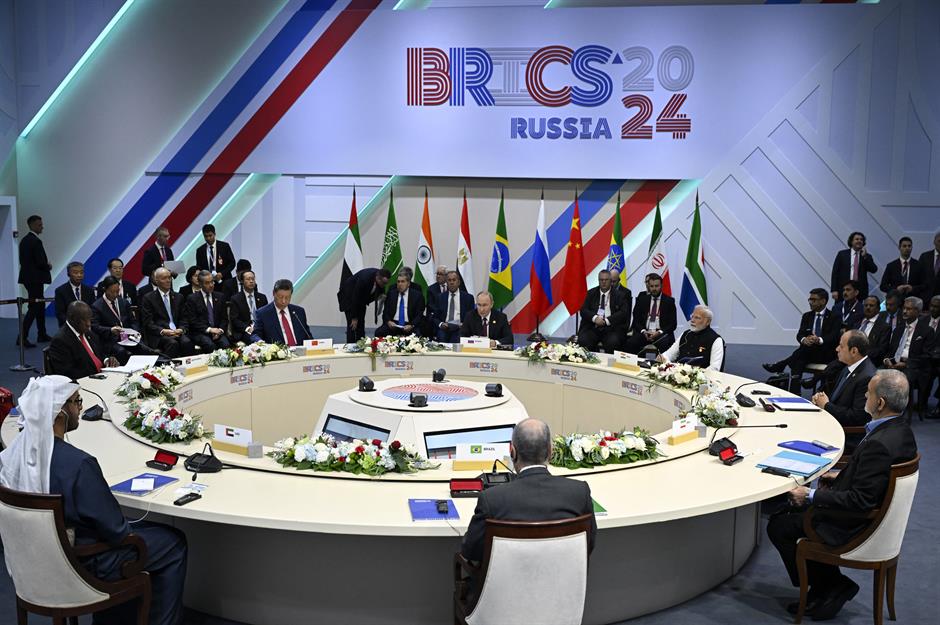
From 1 January 2024, the nations of Egypt, Ethiopia, Iran, Saudi Arabia, and the United Arab Emirates (UAE) were also invited to join the alliance. By the end of that month, South Africa's Foreign Minister confirmed all five countries were officially joining, with some people suggesting the group's name would change to BRICS+ to reflect its expanding membership. However, there is still some confusion as to whether Saudi Arabia has officially joined the group.
Following the 16th BRICS summit which took place in Kazan, Russia in October 2024, 13 more countries have become 'partner nations' of the alliance: Algeria, Belarus, Bolivia, Cuba, Indonesia, Kazakhstan, Malaysia, Nigeria, Thailand, Türkiye, Uganda, Uzbekistan and Vietnam. Though these countries aren't full BRICS members, they represent the group's growing global influence.
Türkiye has previously shown interest in joining the alliance, suggesting the nation is keen not to be defined by its long-term allegiance to the West. The country has never successfully joined the European Union, which some analysts argue has been a point of contention. Former White House official Matthew Bryza believes Türkiye's BRICS bid is an attempt to "spook the West a bit", though it appears to have shied away from becoming a full-blown member in favour of (perhaps less contentious) partner nation status.
BRICS vs the G7
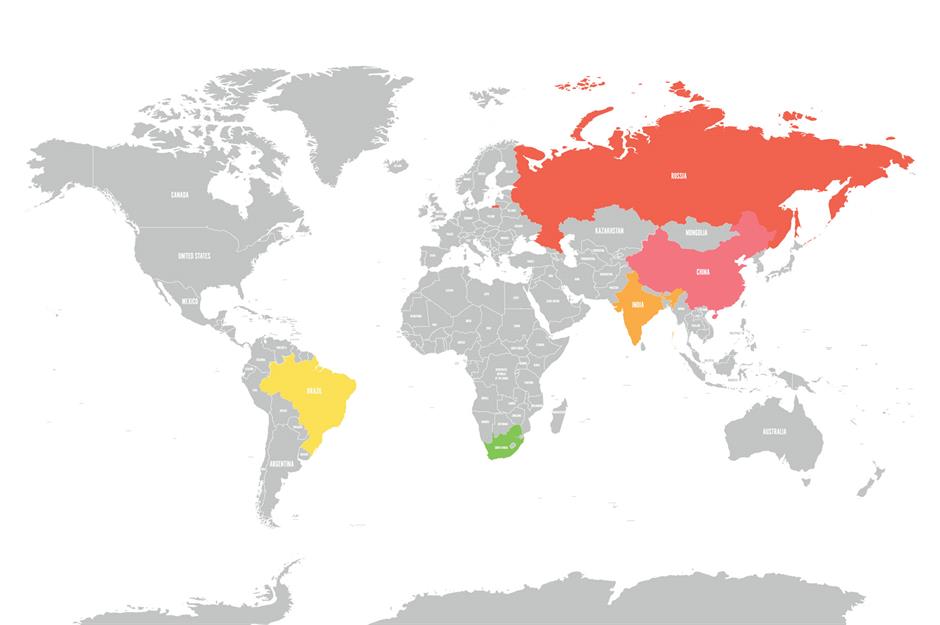
Together, the 10 nations within the BRICS alliance (including Saudi Arabia) have a population of around 3.5 billion, approximately 45% of the global total. Collectively, the countries represent around 28% of the world's GDP.
In contrast, the advanced economies that make up the G7 – Canada, France, Germany, Italy, Japan, the UK, and the US – account for around a quarter of the world's population. Despite this, the G7 countries' combined GDP is around $46 trillion (£36tn) to the BRICS nations' approximate $28.5 trillion (£22.6tn).
Growth projections
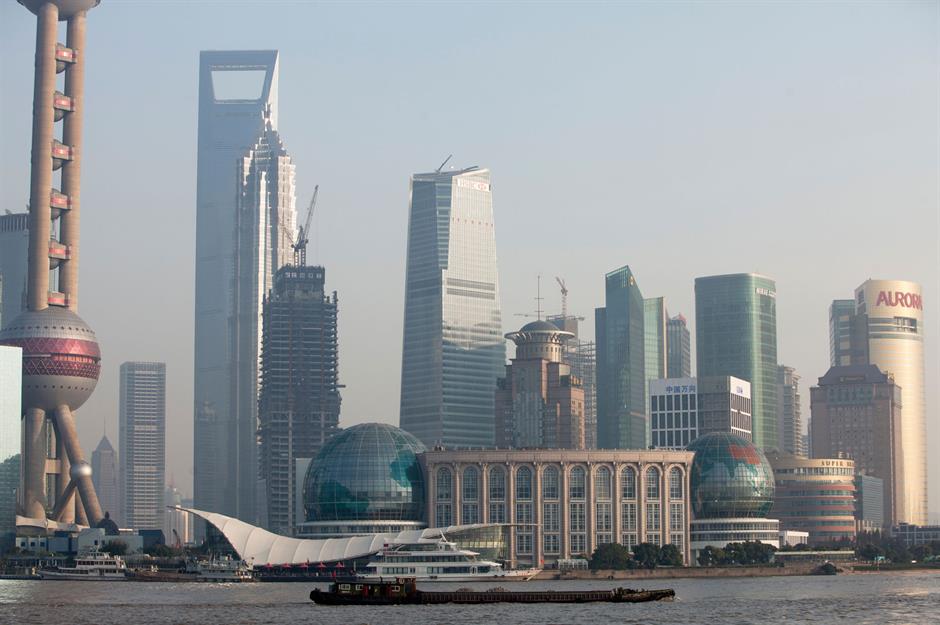
Still, the BRICS group is expected to overtake the G7 in terms of GDP in the coming years, although predictions have varied as to when this will occur.
In the late 2000s, when the five emerging economies were all major growth leaders, Goldman Sachs predicted it would be by 2027.
However, as the outlook for the BRICS alliance has worsened, the most recent projections are less bullish, with more down-the-line dates being proposed instead.
Member GDPs
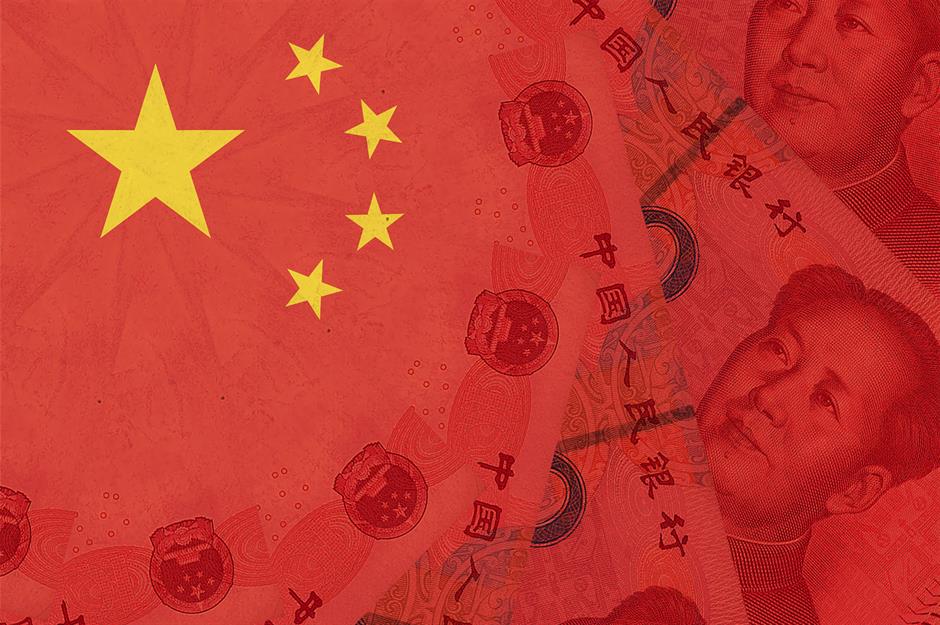
Based on IMF data, when it comes to the individual economies of the BRICS nations, China is the major player. Second only to the US, the People's Republic boasts a GDP of around $18.5 trillion (£14.7tn), dwarfing its fellow BRICS members.
India is next, with the world's fifth-largest economy and a GDP of $3.94 trillion (£3.1tn). Brazil has the third-strongest GDP in BRICS at $2.33 trillion (£1.8tn), while Russia closely follows at $2.06 trillion (£1.6tn).
South Africa is way down the global list with a GDP of $373.23 billion (£285bn).
Disparate growth
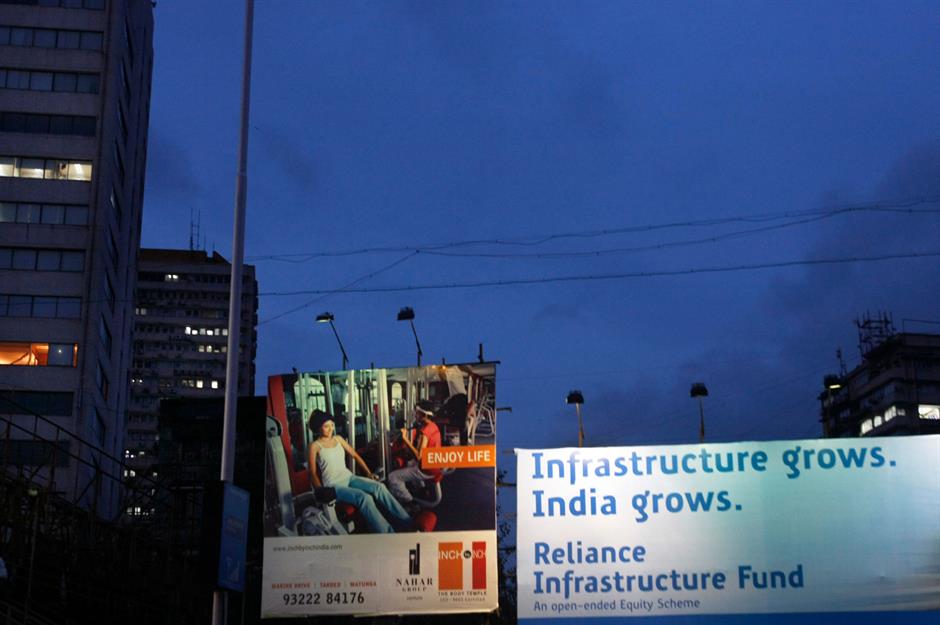
While economic growth rates were once robust among every one of the five BRICS nations, they now vary wildly.
India continues to record impressive figures, but Brazil, Russia, and South Africa have been flagging for several years. Meanwhile, China's growth forecast was downgraded to a relatively meagre 4.9% in 2024 and 4.5% for 2025, down from 12.7% in 2006, the year the group first met.
Analysts have also started to doubt whether China can overtake the US in terms of GDP, a feat it was once expected to achieve by 2030.
Expanding remit
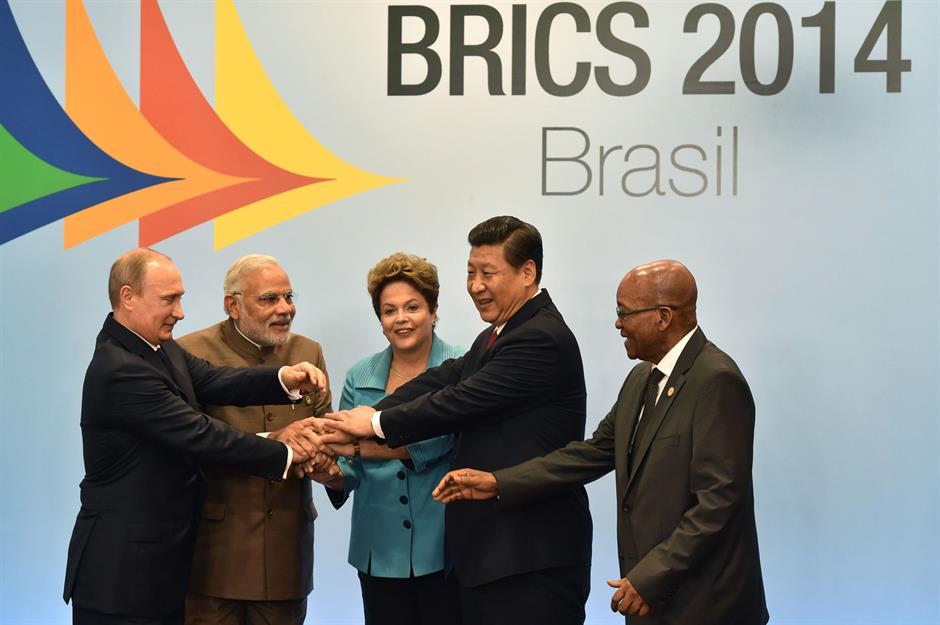
The governments of the BRICS countries have convened at annual summits since 2009. As we've mentioned, the most recent summit took place in the Russian city of Kazan in October. Hosted by Vladimir Putin, it signalled his dramatic return to the world stage; he appeared at the previous summit in Johannesburg via video link, due to concerns that he could be arrested if he turned up in person. (The International Criminal Court has indicted the Russian president for allegedly illegally deporting Ukrainian children).
As Alex Gabuev, director of the Carnegie Russia Eurasia Centre in Berlin, put it in Foreign Affairs: “Not only is [Russia] far from being an international pariah but also is now a pivotal member of a dynamic group that will shape the future of the international order. That message is not mere rhetorical posturing, nor is it simply a testament to the Kremlin’s skilful diplomacy with non-western countries or to those countries’ self-interested, pragmatic engagement with Russia.”
Competing institutions

The agenda of these summits has widened over the years to include everything from security to health. Meanwhile, steps have been taken to loosen the West's grip on the global financial system and create a multipolar world.
In 2014, the bloc moved to take on two Western-dominated institutions – the World Bank and International Monetary Fund (IMF) – with the creation of the $100 billion (£79bn) New Development Bank (NDB) and, a year later, the Contingent Reserve Arrangement (CRA).
But while these two entities are operational, their impact has so far been minimal, and the NDB has officially stated it won't be considering new projects in Russia to comply with global financial sanctions against the country.
Paper tiger
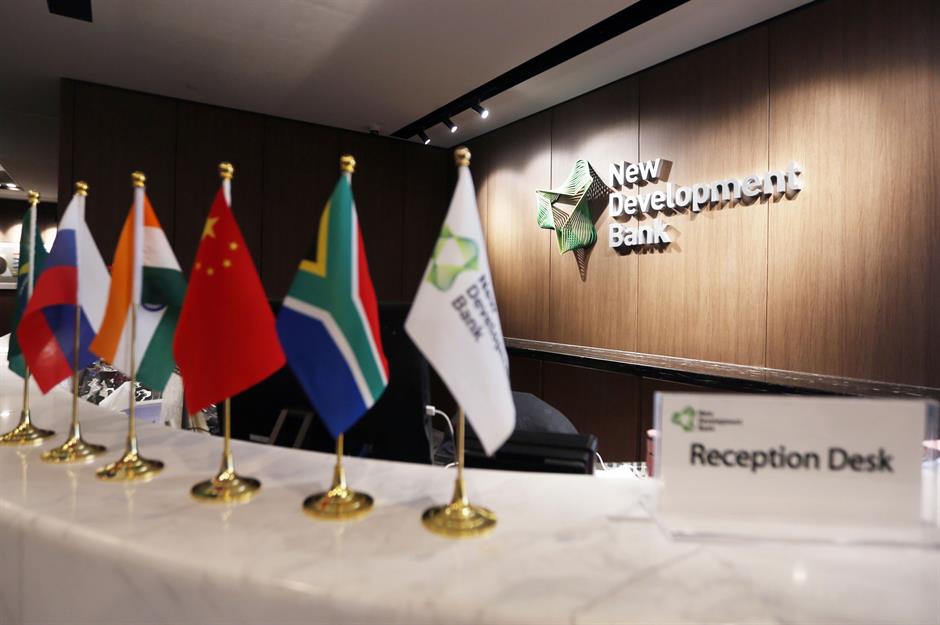
In fact, founding member Russia has been frozen out of BRICS' versions of the World Bank and IMF following Western pressure.
This is arguably a testament to the established order's continued dominance, and the inability of these new institutions to square up to its economic supremacy. Other major initiatives have stalled or entirely fallen by the wayside.
BRICS inaction

These initiatives include a free trade agreement and wide-ranging plans for the BRICS Cable, an undersea cable connecting the five nations that would prevent Western intelligence from accessing their communications. Neither of these plans has made it past the drawing board.
Exacerbated by a lack of cooperation during the COVID-19 pandemic, BRICS has gained a reputation for being all talk and little action, with some commentators quick to point out its lack of cohesiveness.
One of the most recent initiatives proposed is a plan for Russia to build a specialised module for its Russian Orbital Station (ROS) that BRICS members can use to develop their own national space programs. However, considering the ROS isn't expected to launch until 2027, we'll have to wait and see whether this project is one that finally gets off the ground...
BRICS differences

The five countries that make up the BRICS founding members are vastly divergent politically and economically, with very little in common in reality apart from their desire to challenge the West. They even have disagreements in this respect.
This odd grouping of solid democracies and repressive, corrupt autocracies – which ranges economically from rapidly growing India to sluggish Brazil and South Africa – is quite the motley crew.
G7 similarities
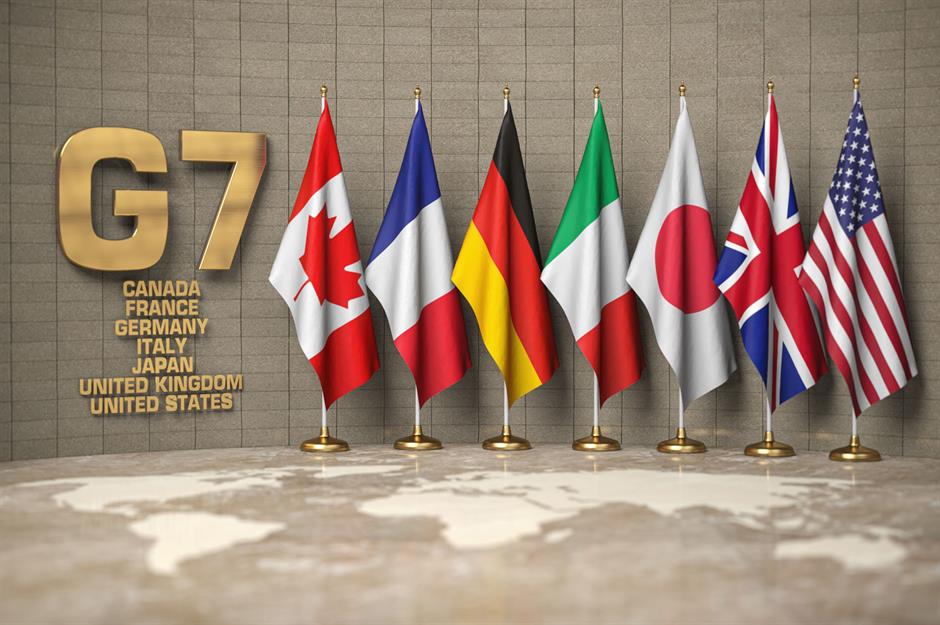
The close-knit G7, on the other hand, is far more cohesive. The countries that comprise the group are all highly transparent Western liberal democracies and are staunch allies and strong trading partners who face similar economic challenges.
Since they're less strongly aligned, the BRICS nations struggle to agree on many topics and have been pointedly adversarial at times.
Strained relations
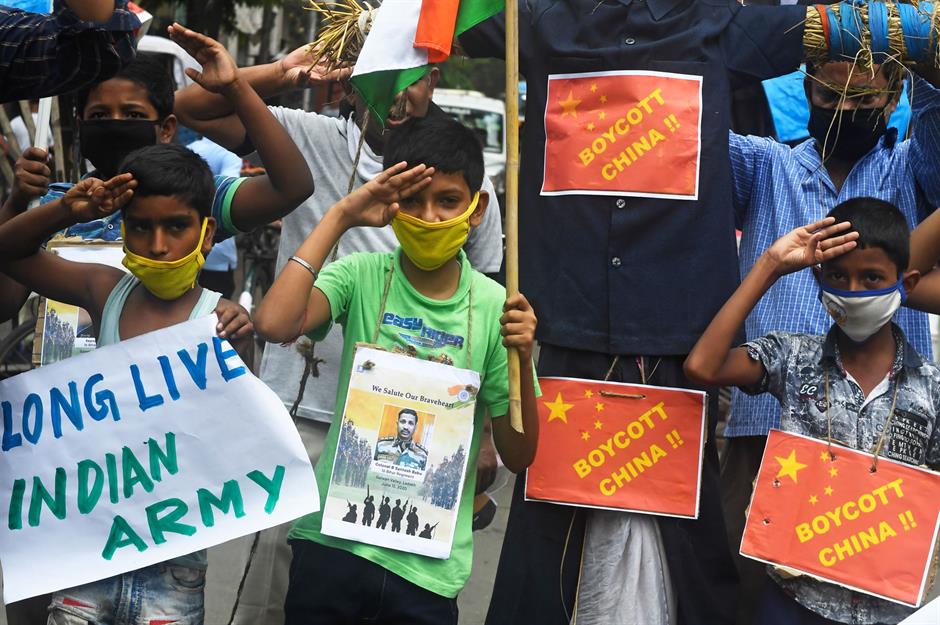
China and India have the most fraught relationship, hitting rock bottom in 2020 following border skirmishes between their soldiers that left 24 dead. Their ties remain fractious.
Relations between China and Brazil aren't in the best shape either. Former president Jair Bolsonaro was a vocal critic of Beijing, having adopted a much tougher stance than his predecessor.
Split loyalties
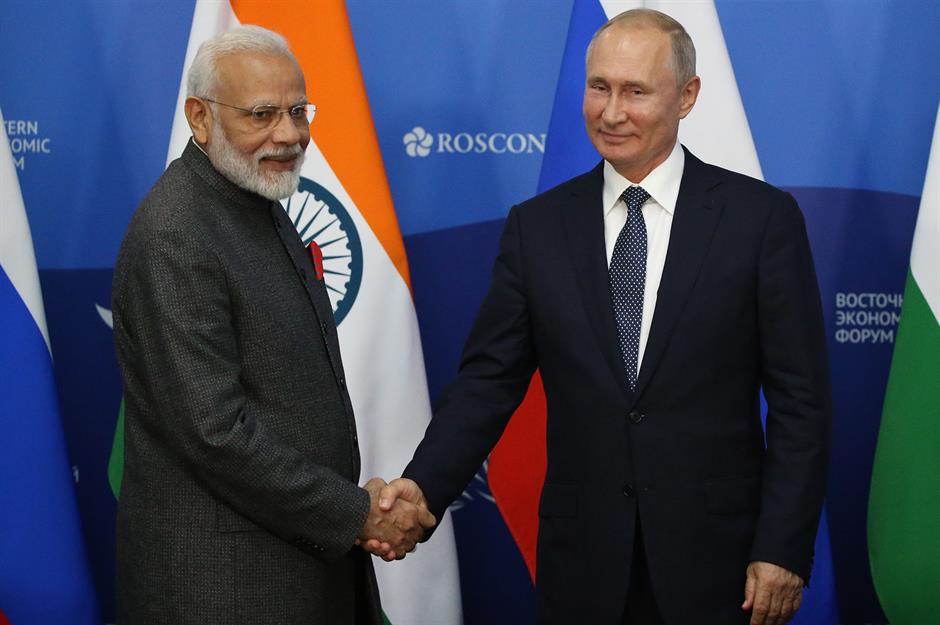
Divided loyalties, which Russia's invasion of Ukraine has further amplified, also characterise the group.
While some of its fellow BRICS countries have chosen not to condemn Russia's aggression outright, the group's members are walking a diplomatic tightrope.
India has been particularly careful, adopting a resolutely neutral rather than supportive stance to avoid angering the West.
Conflict of interest
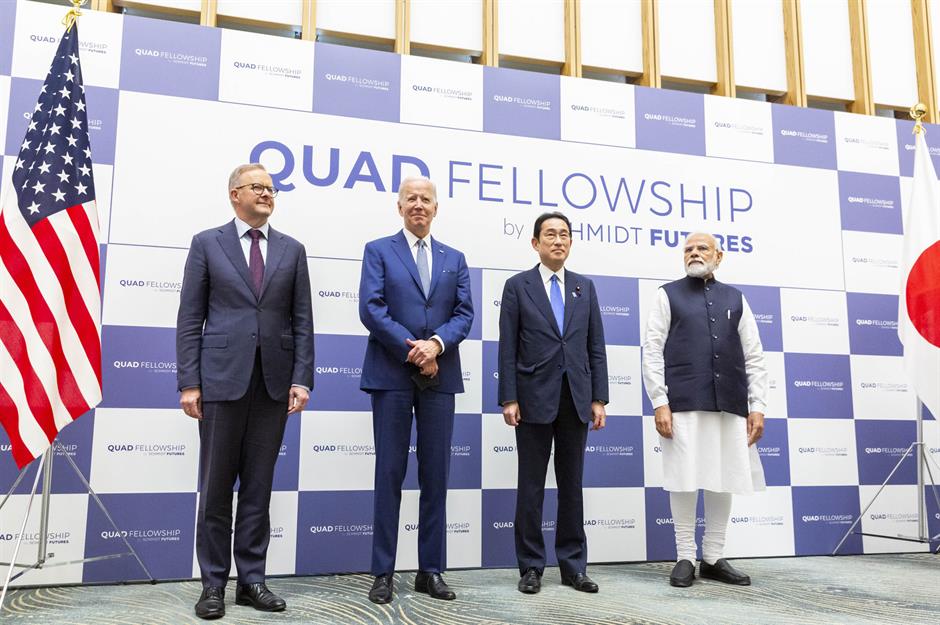
India is also a member of the Quadrilateral Security Dialogue or 'Quad' group, together with Australia, Japan, and the US.
This puts the country at odds with Beijing as the alliance is working to quell China's growing influence in the Indo-Pacific region.
Meanwhile, the G7 is courting India and South Africa, and they've become regular invitees at the group's summits.
Identity crisis
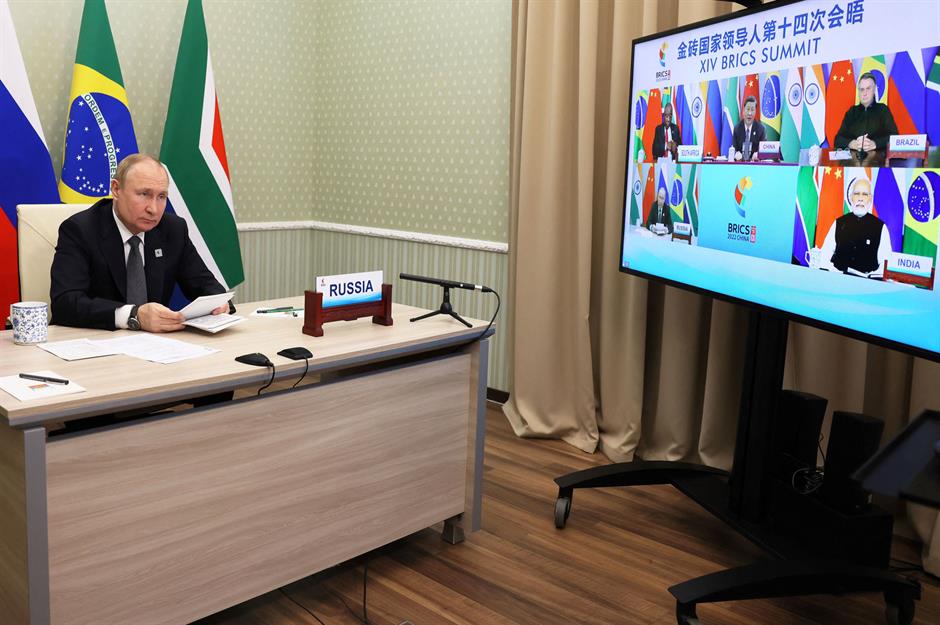
Unlike Russia and China, India doesn't want a confrontation with the West. This contradiction, which the Times of India has described as "an identity crisis", could seriously undermine the bloc.
Despite these conflicts, the BRICS group is on the march, and the Ukraine war has actually invigorated the bloc in many ways.
Second wind
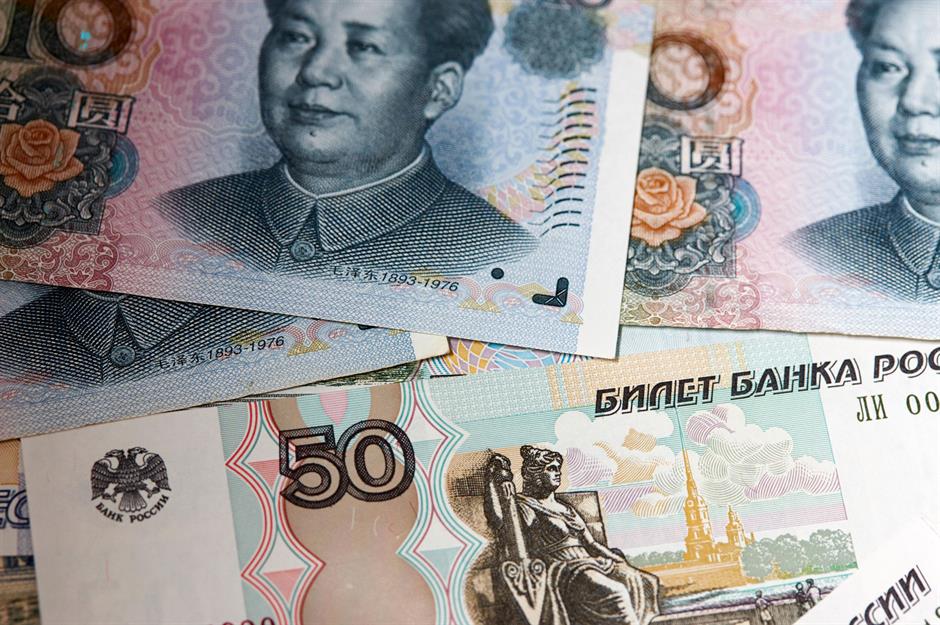
Russia's economic cancellation by the West is hastening BRICS' plan to create an alternative to the Western SWIFT payment system, and an international reserve currency based on a basket of member nations' currencies to challenge the US dollar's dominance. Among other things, this would enable the BRICS nations to sidestep Western sanctions.
It seems Russia's dedollarisation efforts are ramping up; the nation recently announced it was adopting a yuan-to-ruble as its benchmark exchange rate following expanded sanctions from the US, with the yuan reportedly accounting for 54% of Russian currency trades in May of this year. But it seems a BRICS currency is unlikely to launch any time soon, despite Russia's repeated calls for an alternative international payments system to dedollarise the world at the summit in October.
South African diplomat Anil Sooklal confirmed the creation of a new currency wasn't on the agenda at last year's summit, saying: "There's never been talk of a BRICS currency; it's not on the agenda. What we have said and we continue to deepen is trading in local currencies."
Turning point

Although trade between the BRICS countries has failed to grow significantly for much of the bloc's existence, the conflict in Ukraine has marked a turning point.
China and India have been bingeing on cut-price Russian oil, Brazil wants to buy vast quantities of diesel and fertiliser from the embargoed country, and South Africa has been seriously considering snapping up cheap Russian oil. And the group's second wind hasn't gone unnoticed by other developing countries...
Possible candidates

BRICS lynchpin China has been especially eager to expand the group. As the host of the bloc's summit in 2022, President Xi invited the governments of 13 countries to attend the virtual event. In alphabetical order, they were: Algeria, Argentina, Cambodia, Egypt, Ethiopia, Fiji, Indonesia, Iran, Kazakhstan, Malaysia, Senegal, Thailand, and Uzbekistan.
Of the guest countries that attended the summit, Iran and Argentina quickly applied to join BRICS. However, Argentina U-turned on plans to join the bloc in December last year following the election of its new president, Javier Milei, who claimed his government's foreign policy "differs in many ways from that of the previous government."
Formal applicants
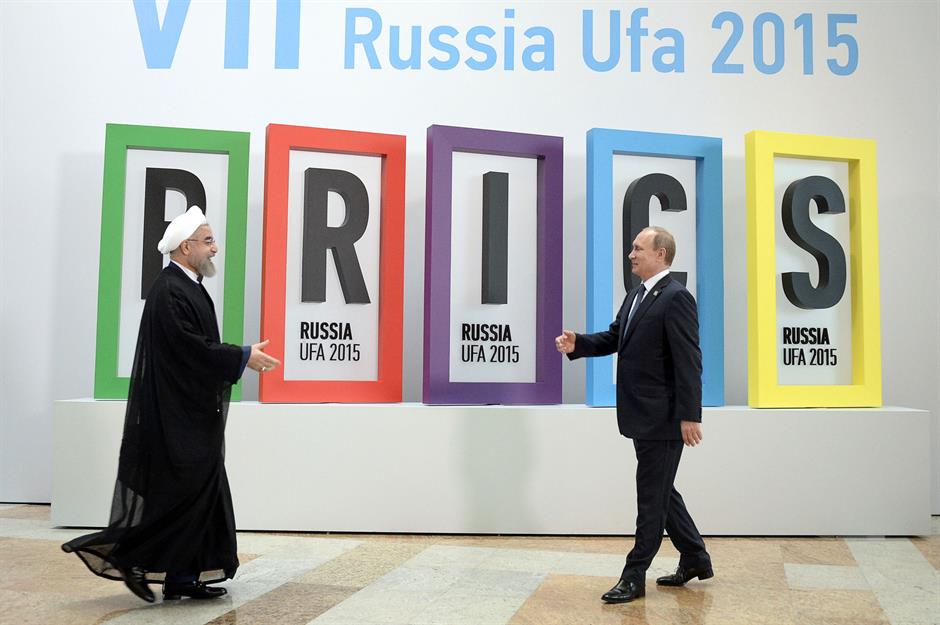
Membership of the group could be a welcome bonus for Iran's economic prospects as it could allow the nation to offset US sanctions.
Iran joined the Shanghai Cooperation Organisation – which already includes China, Russia, and India – in September 2022, so the nation has existing ties with BRICS members.
Malaysia to join BRICS alliance
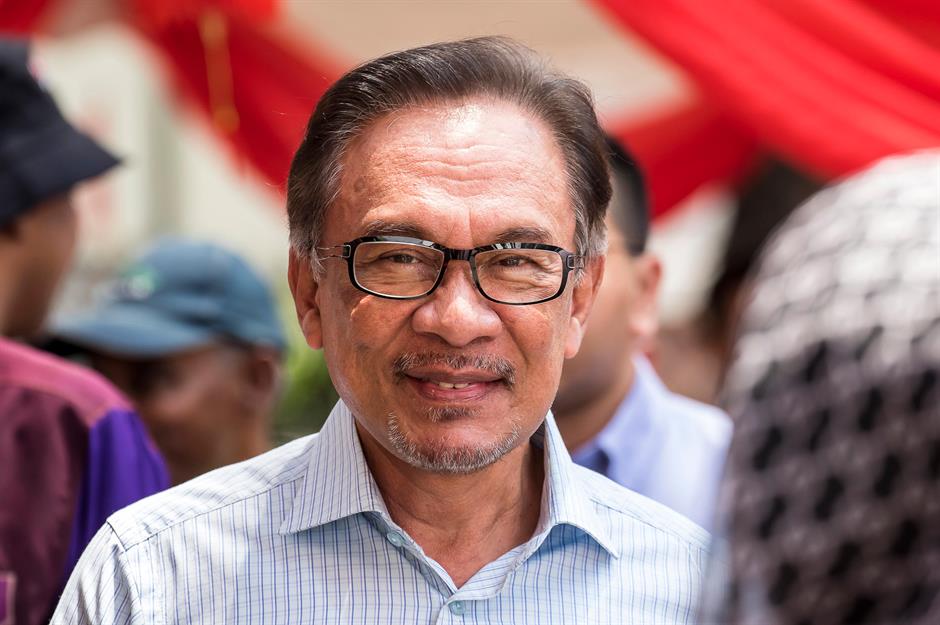
As previously mentioned, Iran officially joined BRICS in January alongside Egypt, Ethiopia, and the UAE. Malaysia seemed set to become the 11th country in the alliance, though, like Türkiye, has apparently settled for becoming a partner nation instead of a full member.
This is something of a surprise. In an interview with Chinese media outlet Guancha earlier this year, Malaysia's prime minister Anwar Ibrahim (pictured) said the nation has "made a decision, [and] we will be placing the formal procedures soon... we are just waiting for the final results from the government in South Africa." A spokesperson from Ibrahim's office later confirmed the news to Reuters.
While other BRICS nations have strained relationships, Malaysia is on good terms with China. Chinese Premier Li Qiang made a three-day visit to its ally in June to celebrate the 50th year of diplomatic relations between China and Malaysia, according to CNBC.
Petrodollar killer?

The admission of Iran and (possibly) Saudi Arabia to the alliance could be a real game-changer, making BRICS a force to be reckoned with when it comes to energy. According to Forbes, the growing bloc could spell the end for the petrodollar, which underpins the US dollar as the number one global reserve currency.
BRICS nations now produce around 44% of the world's oil. By contrast, G7 nations account for around 27% of current oil, gas, and coal production.
New members
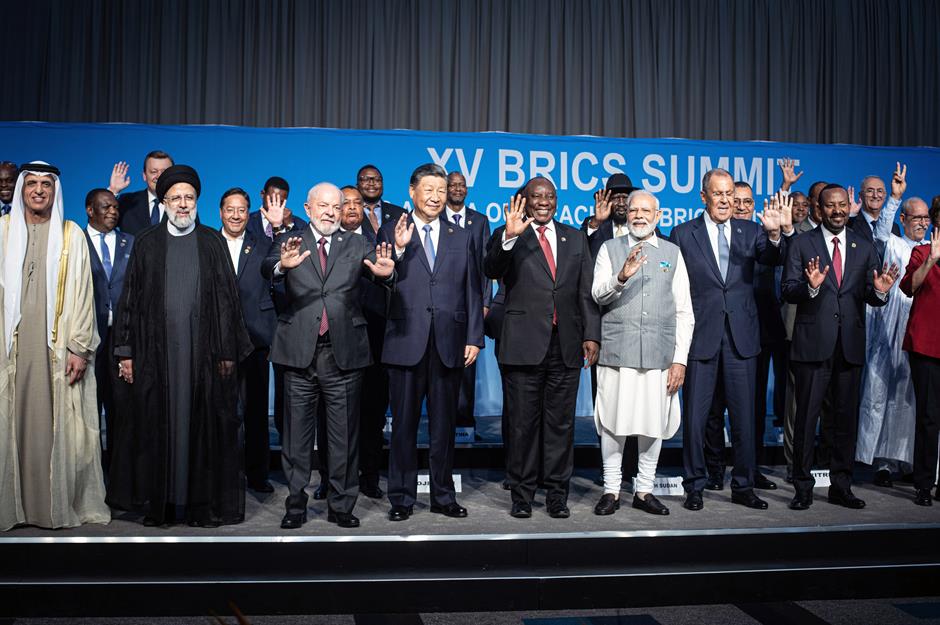
At last year's summit, where it was revealed the five new nations would be joining the BRICS alliance, Xi Jinping described the agreement as "historic". But not everyone is convinced the expansion will spell success.
Margaret Myers, the director of the Asia and Latin America programme at the Inter-American Dialogue, has said: “It’s not entirely clear what the newest Brics members will have to gain from their membership in the bloc... For the moment, at least, this move is more symbolic than anything – it's an indication of wide-ranging global south support for a recalibration of the global order."
New members
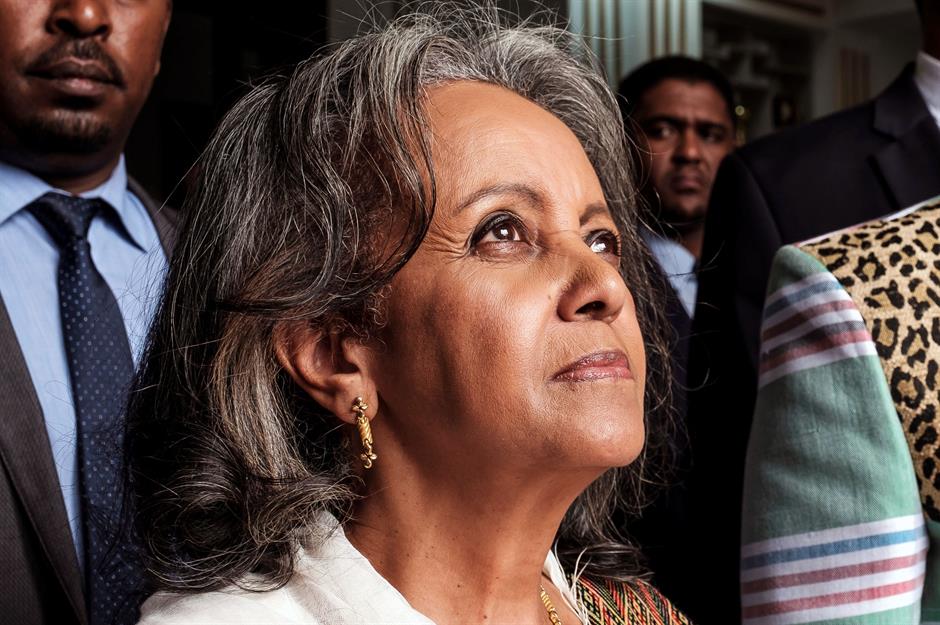
With a GDP of $205.13 billion (£163bn), Ethiopia is now the only low-income country in the BRICS alliance. The African nation hopes to become a lower-middle-income country by 2025, according to the World Bank, and it could be that joining the bloc will help it achieve this goal by bolstering its trade relationships with China and India.
Ethiopian prime minister Abiy Ahmed described Ethiopia's acceptance as "a great moment" for the country. This picture shows the nation's president, Sahle-Work Zewde.
Fellow African nation Egypt had similar reasons for requesting membership. President Abdel-Fattah al-Sisi has said: "I appreciate Egypt being invited to join BRICS and look forward to coordinating with the group to achieve its goals in supporting economic cooperation".
Daunting challenges
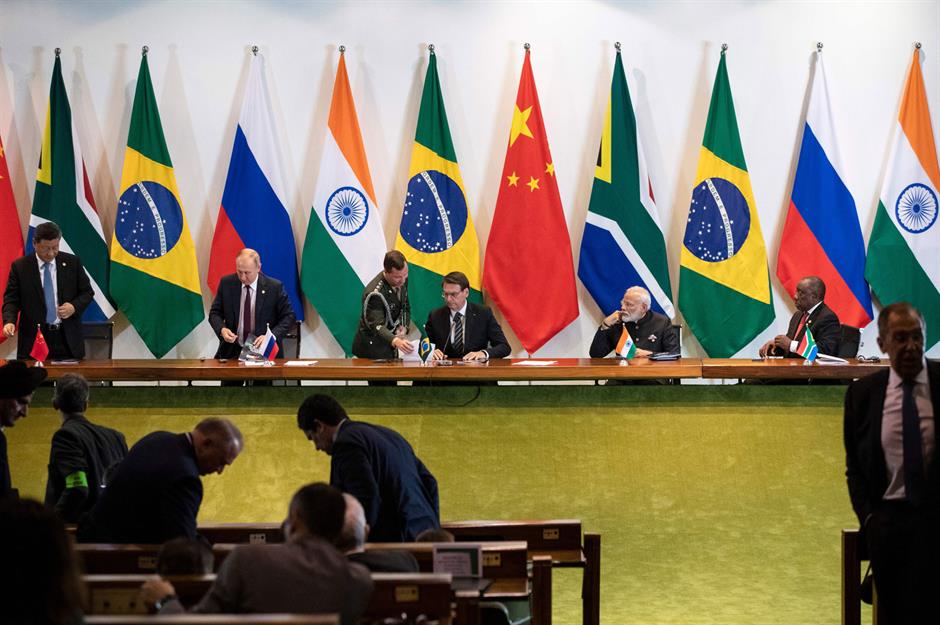
However, pulling off a takedown of the petrodollar and undermining the Western-dominated global economic system will not be easy.
Aside from potential attempts by the West to thwart the BRICS reserve currency and other initiatives, the bloc will have to find common ground. This has already proven difficult and will only become trickier as the group expands.
Sworn enemies
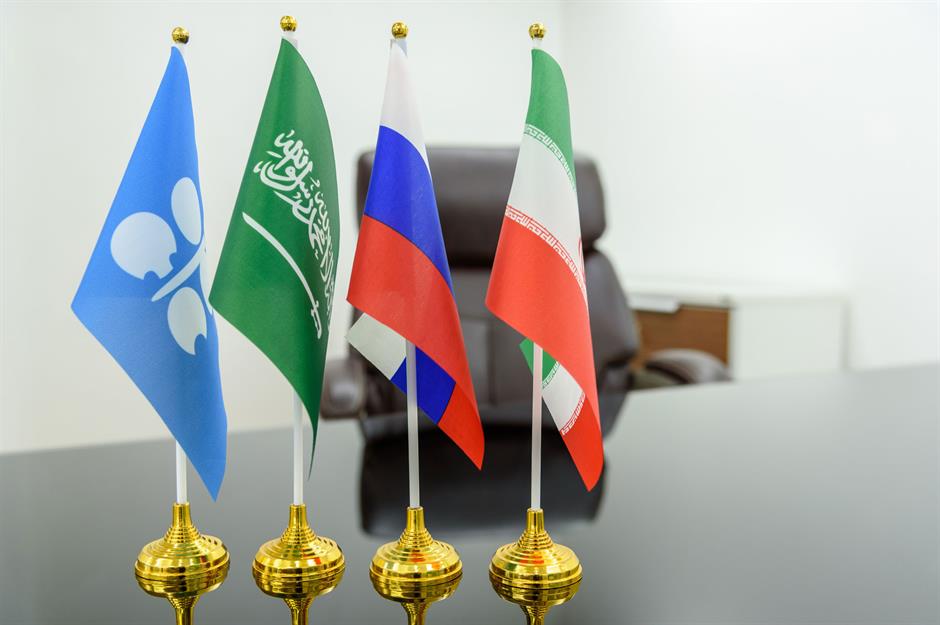
As if having adversaries India and China as prominent members wasn't thorny enough, the potential admittance of sworn enemies Iran and Saudi Arabia could be a recipe for disaster.
That said, the two countries are founding members of the Organization of the Petroleum Exporting Countries (OPEC) and manage to cooperate within that – although their interactions are frequently tense...
Conflicting forecasts

With the list of countries interested in joining BRICS ever-growing – other possible candidates include Bangladesh, Mexico, Pakistan, Sudan, and Syria – the bloc could become something that inspires real change, upending the global system to an extent.
Yet it's unclear whether the BRICS nations can actually pull this off, given the internal divisions that have troubled the group since its conception.
Expert opinion is extremely polarised and perplexing, with predictions running the full gamut from "the BRICS alliance is a mortal threat to the West" to "the BRICS no longer matters". It's safe to say that only time will tell.
Now discover the threats the US dollar faces to its global dominance
Comments
-
REPORT This comment has been reported.
Do you want to comment on this article? You need to be signed in for this feature
24 June 2024